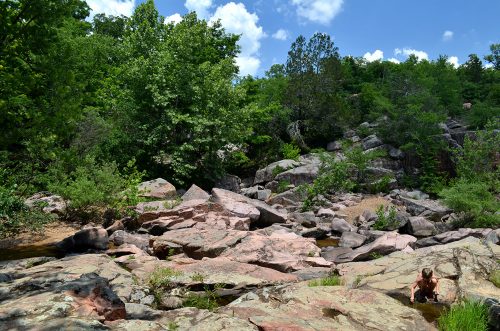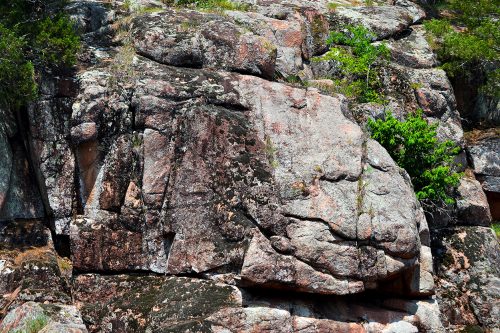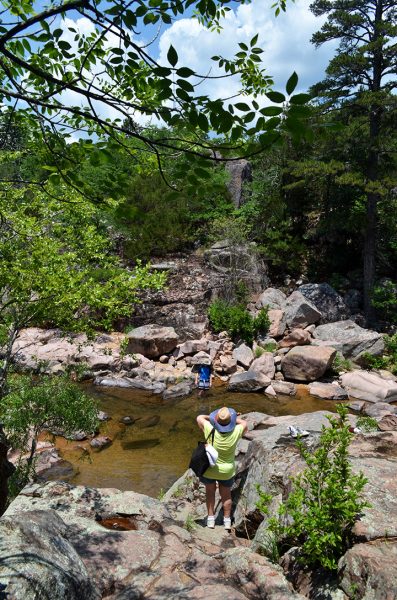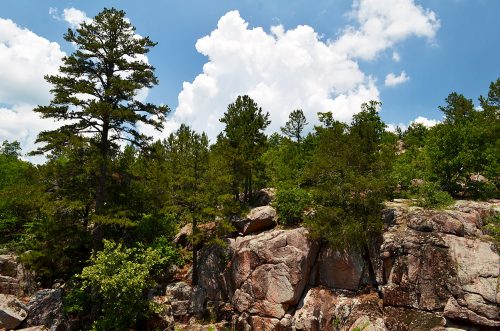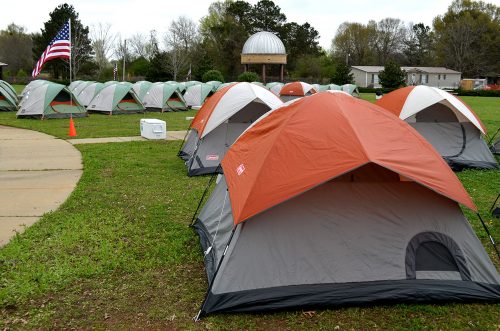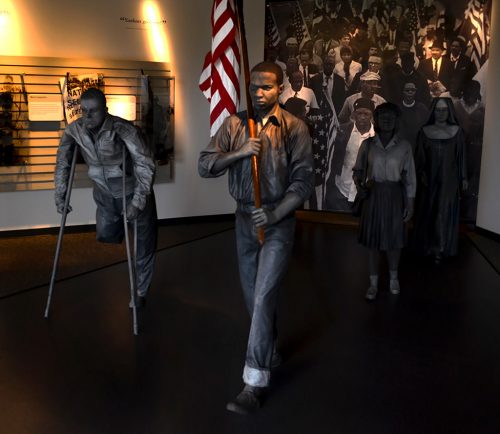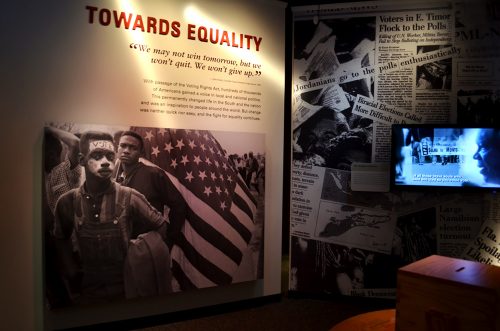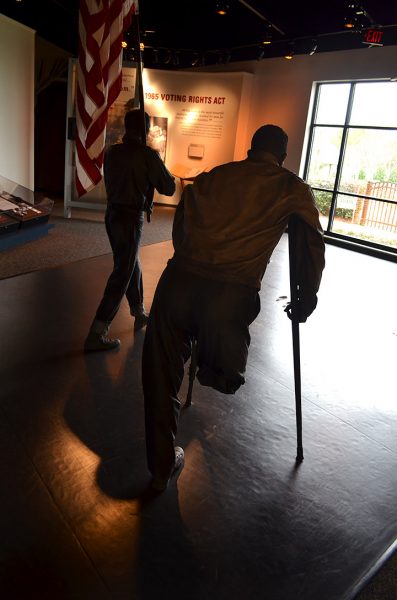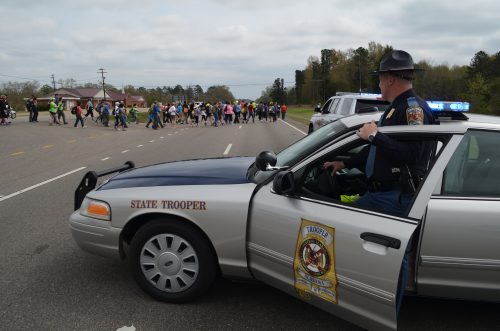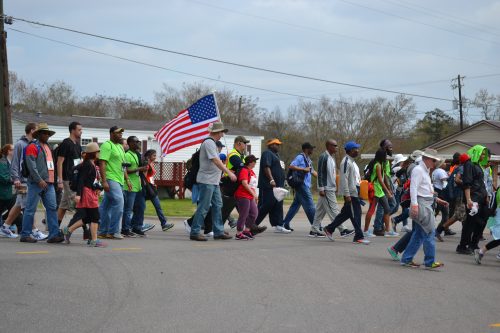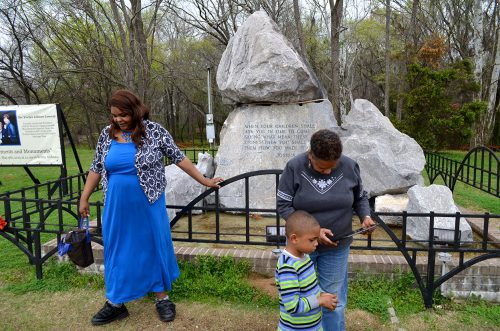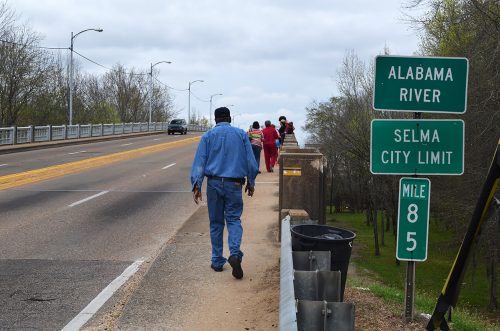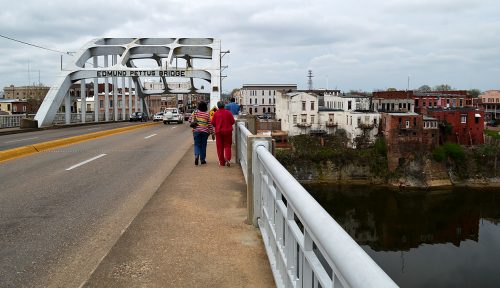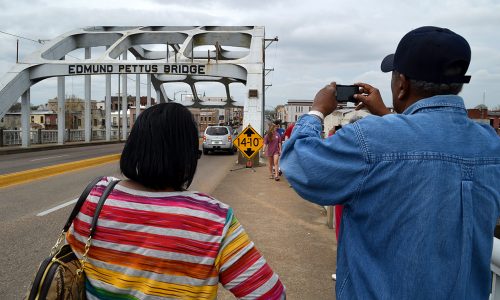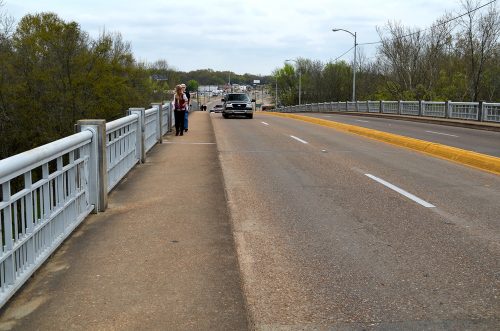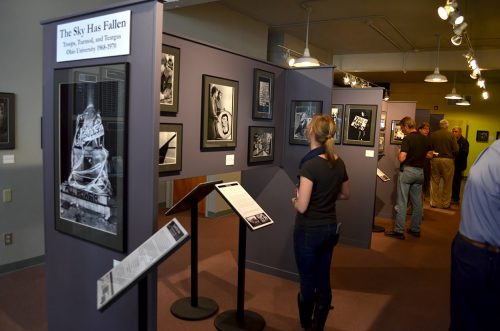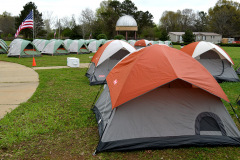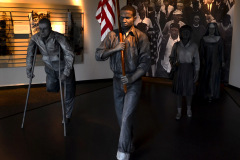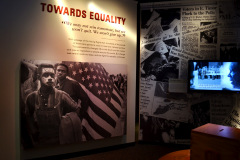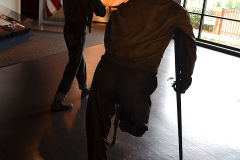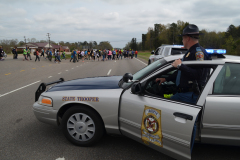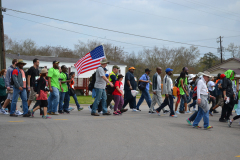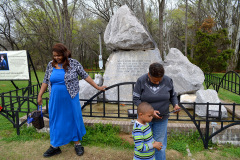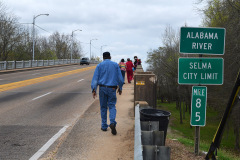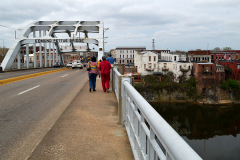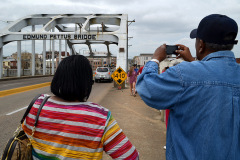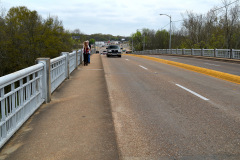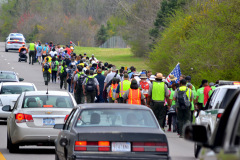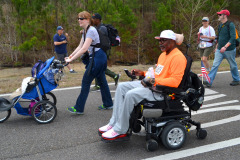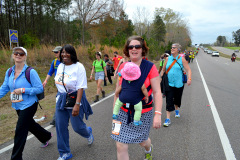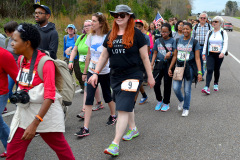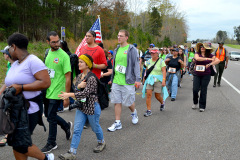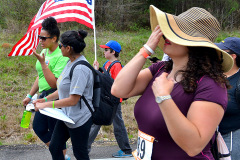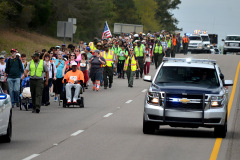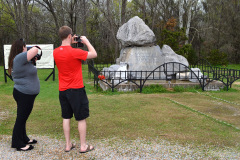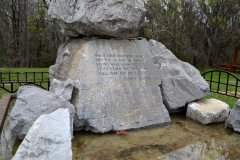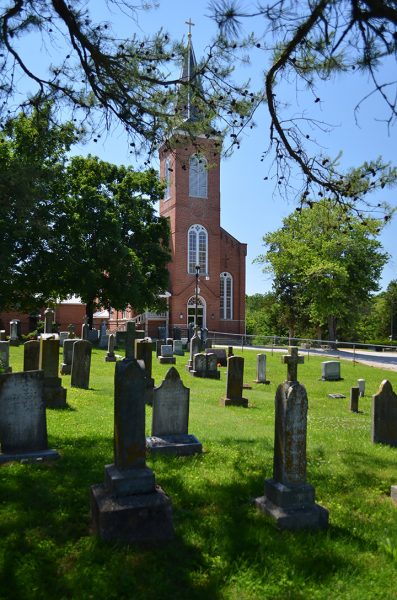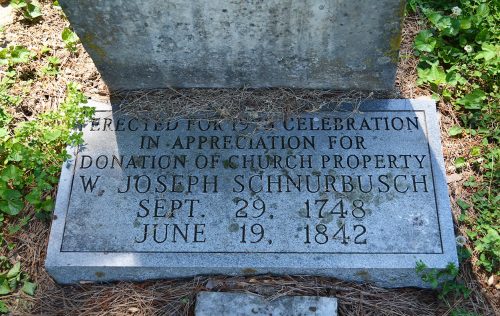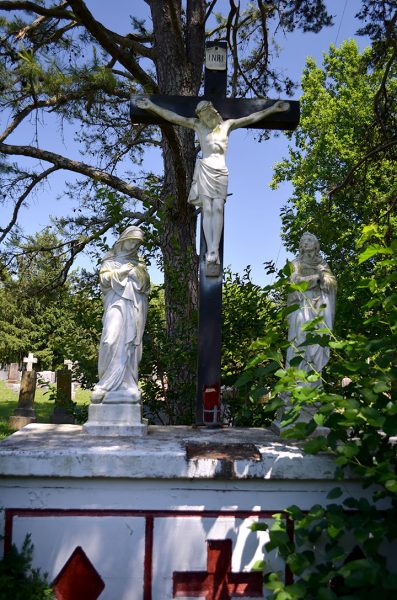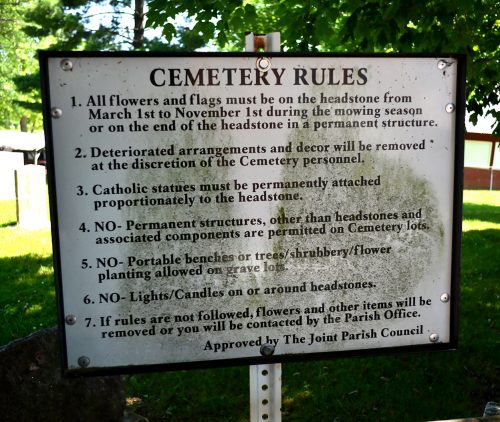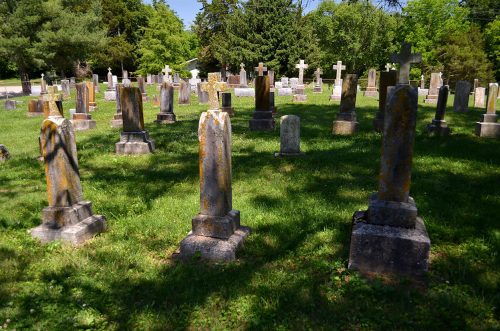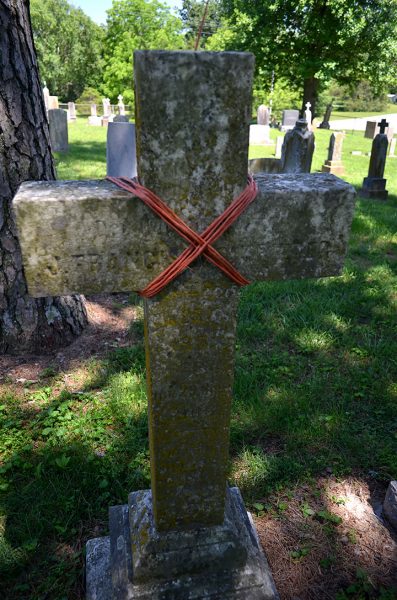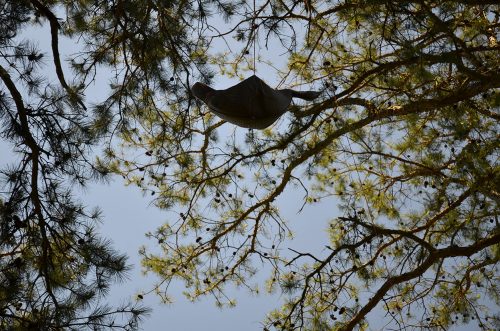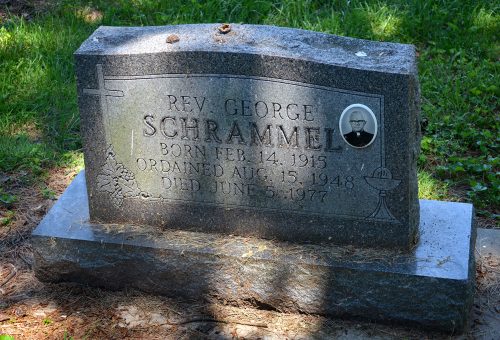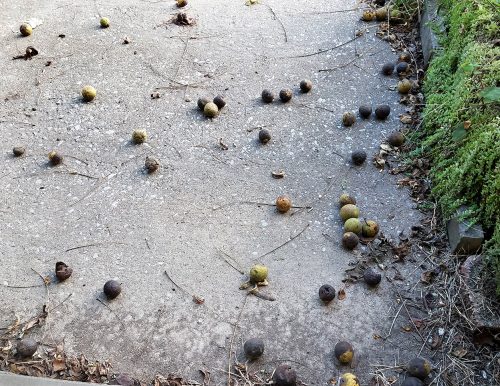 We’re coming up another Mother Birthday Season without the guest of honor. One of the things I’ve become almost used to are the sounds of a house that is empty except for me.
We’re coming up another Mother Birthday Season without the guest of honor. One of the things I’ve become almost used to are the sounds of a house that is empty except for me.
It used to startle me when I’d hear a BAM! like someone trying to break into the house. That would be followed by a RUMBLE, RUMBLE, RUMBLE, SPLAT.
After awhile, I learned to identify that as the sound of walnuts hitting the roof, rolling down, then hitting the ground or driveway. In fact, it makes me think of the paraphrased lines of a B.J. Thomas song:
Walnuts keep falling on my head
But that doesn’t mean my eyes will soon be turning red
Crying’s not for me
‘Cause, I’m never gonna stop the walnuts by complaining
Because I’m free
Nothing’s worrying me
Winning the liability lottery
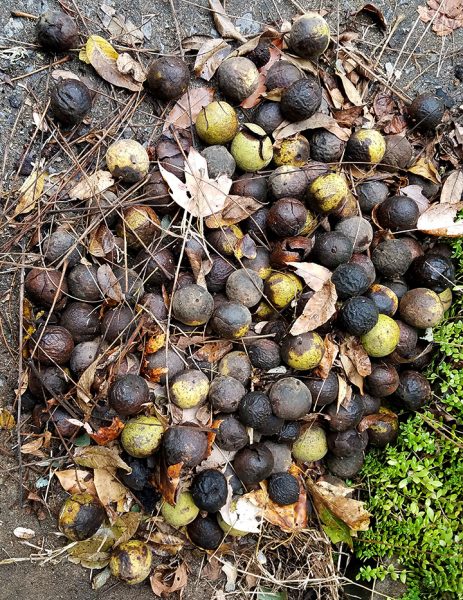 Warriorette Shari came down from St. Louis for the weekend and griped about the walnuts all over the driveway. I told her it was part of my long-range financial plan to have her slip and fall, collect a huge insurance payout (which she would, of course, split with me), and figure she had won the liability lottery.
Warriorette Shari came down from St. Louis for the weekend and griped about the walnuts all over the driveway. I told her it was part of my long-range financial plan to have her slip and fall, collect a huge insurance payout (which she would, of course, split with me), and figure she had won the liability lottery.
She rewarded me with The Look.
While I was sweeping them up, it made me think of past dealings with the green bombs.
Dad got the great idea that we should round up all the the nuts that fell in the yard, crack the shells and spend the winter picking out the goodies.
There’s one big problem
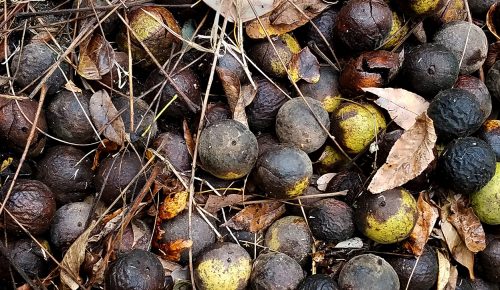 The big problem with that is that the walnuts are encased in a hard, green husk that has to be removed first. That ain’t easy. We tried all kinds of ways.
The big problem with that is that the walnuts are encased in a hard, green husk that has to be removed first. That ain’t easy. We tried all kinds of ways.
Putting them out in the street to let cars run over them just meant that you had to chase up the hill, down the hill and in the ditches on either side of the road after they had squirted off in every direction.
Then, he got a great idea: he bored several sized holes in a 2×6 board. We were supposed to select a hole slightly smaller than the husk, then drive it through the hole with a hammer, leaving the husk on one side and the nut on the other.
The nut, unfortunately, was the guy holding the hammer. You’ve heard of walnut stain, haven’t you? Well, there’s a reason for calling it that. I think I was about 42 years old before all of the stain wore off. I tried to convince people it was Dektol developer stain from the making prints in the darkroom because that sounded somewhat professional.
Are you nuts for nuts?
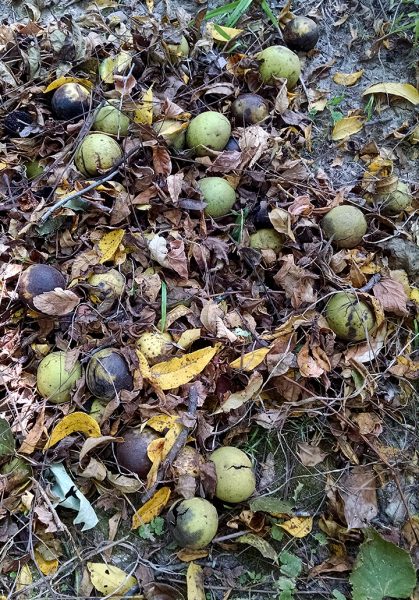 So, here’s the deal. If you have a hankering for walnuts, I have a yard full of them. Some of them have been herded together, but there are probably a bushel or two in the wild scattered all over the yard. Come and get ’em. (If you want me to answer the door with pants on, I suggest you give me a 10-minute warning.)
So, here’s the deal. If you have a hankering for walnuts, I have a yard full of them. Some of them have been herded together, but there are probably a bushel or two in the wild scattered all over the yard. Come and get ’em. (If you want me to answer the door with pants on, I suggest you give me a 10-minute warning.)
I just remembered that I had written about walnuts in 2014, and had plowed much the same ground. Nothing much has changed since then. You can click on any of the photos to make them larger, then use your arrow keys to navigate around.
We were a pecan family
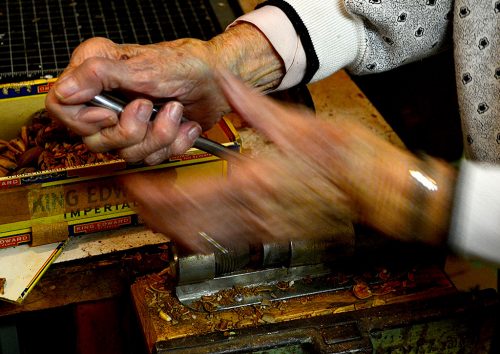 Because walnuts were so hard to crack, and it was no fun to pick them out, we were more of a pecan family. Dad’s favorite winter pastime was sitting in the basement picking out pecans while watching TV.
Because walnuts were so hard to crack, and it was no fun to pick them out, we were more of a pecan family. Dad’s favorite winter pastime was sitting in the basement picking out pecans while watching TV.
In later years, Mother took over the task.

